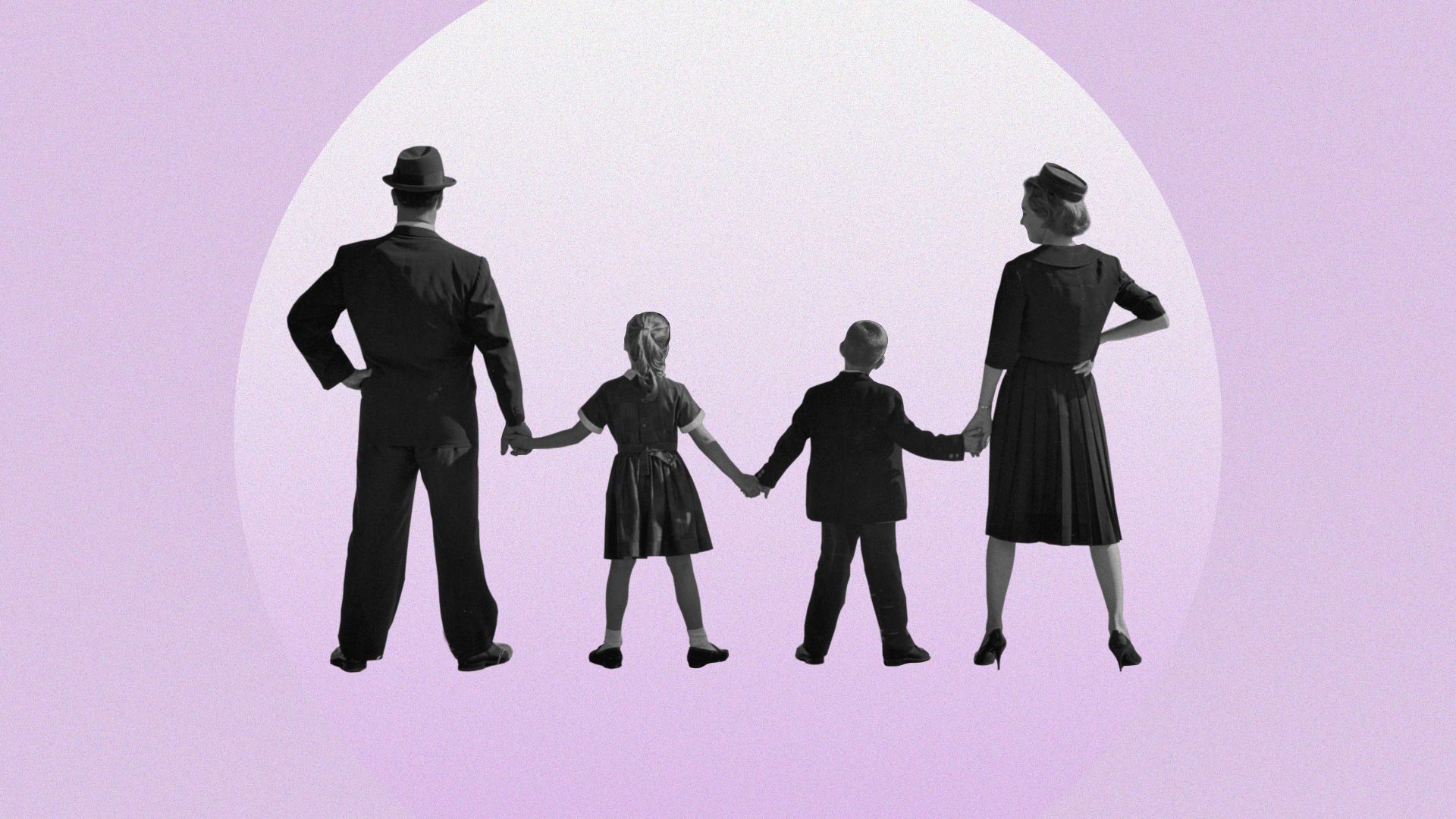Standing beside the buttresses of Lancing College’s pharaonic chapel – which don’t so much fly, as appear on the point of lifting off into the Sussex sky, as if they were the fins of some serried Gothic rockets – I was handed a photocopied essay by its steward, Jeremy Tomlinson. “I’ve something rather surprising to tell you about your great-great-grandfather,” he said, with a slightly puckish smile, “it’s all here, written up by Janet Pennington, the college’s former archivist”.
The tale Pennington tells – which Jeremy glossed for me, as we strolled the precincts of my ancestor Nathaniel Woodard’s flagship institution – was adverted by last week’s column; wherein, I told how the venerable Victorian educationalist and divine caused a veteran of the Zulu wars to initiate certain home improvements, so as to punish him for his cat’s avicide. But keeping a canary-killing feline in Woodard’s dotage turns out to’ve been metaphoric as much as real window dressing; for, in 2020, at the beginning of the pandemic, Pennington received an email from someone claiming to be one of his great-great-grandchildren. However, this woman is not descended from any of Woodard’s five sons who survived infancy, or – like me – from the sole daughter of his marriage to his wife, Elizabeth, who died in 1873, eight years before him.
Rather, this new claimant to the Woodard estate (meant figuratively – no money is involved), putatively resulted from Nathaniel’s union with one Dorothy Louisa Porritt, who, when they were married in January 1890, was aged 23; whereas her bridegroom – who had been granted a canonry in 1870 by the then prime minister, William Gladstone, no less – was a slip of a lad aged, um, 78. Their daughter, Margaret, was born six months later.
Pennington’s sleuthing – plus DNA evidence supplied by an extant Woodard – has now confirmed that this female claimant does indeed partake of our genotype. Not that there’s any homogeneity to it: the phenotypes in the male line seem pretty pukka to me – soldiers and civil servants, much as you’d expect to be produced by the public schools Nathaniel Woodard founded, which aimed at inculcating the burgeoning British middle classes with an ethos at once high-toned and humbly Christian. As for those of us in the female line, well, my older brother is in dog food – while I suspect you probably know enough about me by now.
My brother’s namesake, Sir John Otter, who married Woodard’s daughter, Audrey, mentions in his biography of Nathaniel Woodard, his father-in-law’s belated marriage to a young woman, who, we can only assume, came into his household as a result of his no longer having Audrey to care for him. Dorothy came from a respectable lower-middle-class background, but her mother was a widow, and she obviously had to shift for herself.
What went on – besides sexual intercourse – between them, and behind the austere stuccoed facade of Martyn Lodge, Woodard’s home in the Sussex village of Henfield, for the last quarter century of his life, we’ll obviously never know. However, I can’t help feeling that like the Zulu Hole augured by Woodard’s angry neighbour, this behaviour transcends the stuffy confines of respectable churchmen in the 1880s, to become a timeless tale of a much older and more powerful man, and a much younger, and powerless woman. If we want to find justifications for the august Canon, we can point to the death of his beloved son, three years earlier, after which Woodard wrote that he was “fallen and in a helpless state”.
Which presumably he meant in a moral sense – not that he needed a Zimmer frame avant la lettre. The event precipitating it being, presumably, the arrival of this young woman in his household, and his… bed. Margaret, the result of Nat and Dottie’s union, Pennington’s researches pretty conclusively reveal, was put out for adoption, and ended up as the daughter of a publican in south London, rather than a prelate in Sussex. She died in 1929 – her mother, Dorothy, outlived her, and Peter Woodard, a great-grandson of the founder, remembered seeing her as a child, when his father “found her living in the direst poverty and put her in a nursing room… she was very naughty and jolly”.
Which is a credit to her, frankly, all things considered – because for the worldly among us, this seems like a pretty ignominious fate compared to that of her erstwhile husband, whose bronze effigy lies in a special and ornate chantry, in the vast and gilded chapel he caused to be built. Here, character intersects with culture: is Lancing a stony reification of my ancestor’s piety or his cupidity? My grandmother used to say of her grandfather that he was so intent on extracting money from potential donors to build his middle-class City of God, that no one could leave his study without getting their chequebook out.
I suppose if Woodard’s objective of reinvigorating the Church of England through education had been achieved, we might consider him justified by his works alone; but given the Woodard schools are now private ones pretty much like any others, it’s an effort to keep faith with the old shagger.



